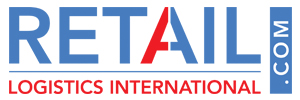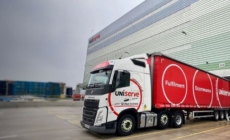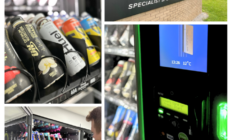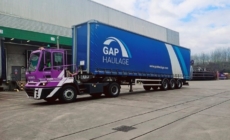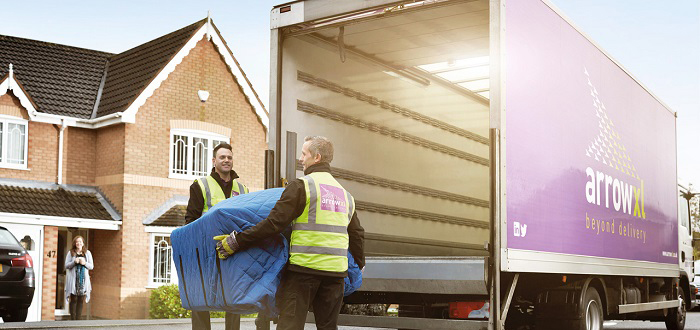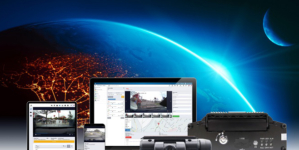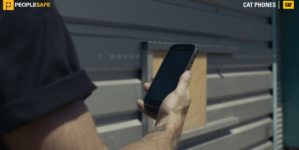-
TMS LAUNCHES INDUSTRY-FIRST HYBRID DVS SOLUTION FOR OPTIMUM DRIVER VISIBILITY AND ROAD SAFETY PERFORMANCE - 1 day ago
-
Prism eLogistics Keeps Sneak Energy’s Fulfilment Flowing - 1 day ago
-
EU accessibility act will mean big changes for UK online businesses, says leading ecommerce web designer - 1 day ago
-
QUECLINK LAUNCHES COMPACT DMS CAMERA SOLUTION FOR ADVANCED DRIVER MONITORING - April 30, 2025
-
CTRACK AND ARTURA JOIN FORCES TO LAUNCH TELEMATICS-ENABLED ACCIDENT AND REPAIR SOLUTION - April 28, 2025
-
GOPLASTICPALLETS.COM CELEBRATES MONUMENTAL 2,000 TONNE RECYCLING MILESTONE - April 24, 2025
-
LSA INTERNATIONAL CHOOSES PROLOG FULFILMENT TO MANAGE ITS DISTRIBUTION & LOGISTICS - April 23, 2025
-
Uniserve Partners with Logistics Reply to Deliver Transformation to Customers Supply Chains - April 23, 2025
-
Nutrivend selects Forterro’s Orderwise to support online expansion and streamline operations - April 11, 2025
-
ARROWXL LAUNCHES AMBITIOUS ZERO WASTE ROADMAP - April 8, 2025
Making the switch to a shared user delivery platform.
By Paul Tyson, Commercial Director at ArrowXL
Over the last year, “high street gloom” has become a common expression as the retail sector battles challenging market conditions. During 2018, there is no doubt that retailers will continue to face pressure on margins, whilst trying to ensure that service levels are not impacted.
As the industry explores various ways to cut costs, we are seeing more retailers switch from operating their own expensive logistics networks in favour of a shared user delivery platform. This model sees a third-party supplier, such as ArrowXL, carry numerous products from different retailers within the same trailer to maximise efficiency. It’s especially appealing to those organisations that sell larger items requiring a specialist two-person delivery solution, which is more costly to operate than a network of couriers delivering smaller packets.
Organisations contemplating the switch will enjoy a number of benefits, including:
Increased flexibility and scalability: Retailers operating their own networks must constantly invest in order to have the capacity to handle extra volumes during peak periods. As a result, it is difficult to maintain a profitable fleet during quieter times of the year when a large proportion of the network remains inactive. A shared user platform solves this problem and we work hard to ensure our clients comfortably cope with spikes in activity. During busy periods, forecasting calls between our operational teams and our clients will take place several times a day, where we agree the number of trailers required for the projected volumes.
Innovative technology: In a fast-paced world where the everyday consumer is becoming increasingly demanding, it’s vital for retailers to ensure their customers are communicated with efficiently and effectively. By making the switch, retailers can utilise the latest innovations and technology being developed by carriers, without having to make their own investment. This includes our award-winning AskAxl application, which provides customers with visual tracking of the delivery vehicle whilst dynamically reducing the ETA window from two-hours to just 30 minutes.
Skills, expertise and added value: Retailers will also be able to save significant costs on their workforce, including recruiting, training and maintaining drivers. When working in partnership with ArrowXL, our clients have access to a pool of highly trained delivery crews, who also possess the skills to carry out installation or assembly services in the home. This is a perfect opportunity for retailers to provide added value to their consumers without incurring high fixed costs.
In conclusion, the rise in new technology has made it easier for retailers to integrate, communicate and monitor the performance of third party suppliers, giving them the confidence to switch from an in-house operation to a shared user platform. Outsourcing the delivery function will not only help retailers to significantly reduce their overheads, but it also allows them to be more agile and responsive from an operational viewpoint, whilst also prioritising an enriched customer experience.
